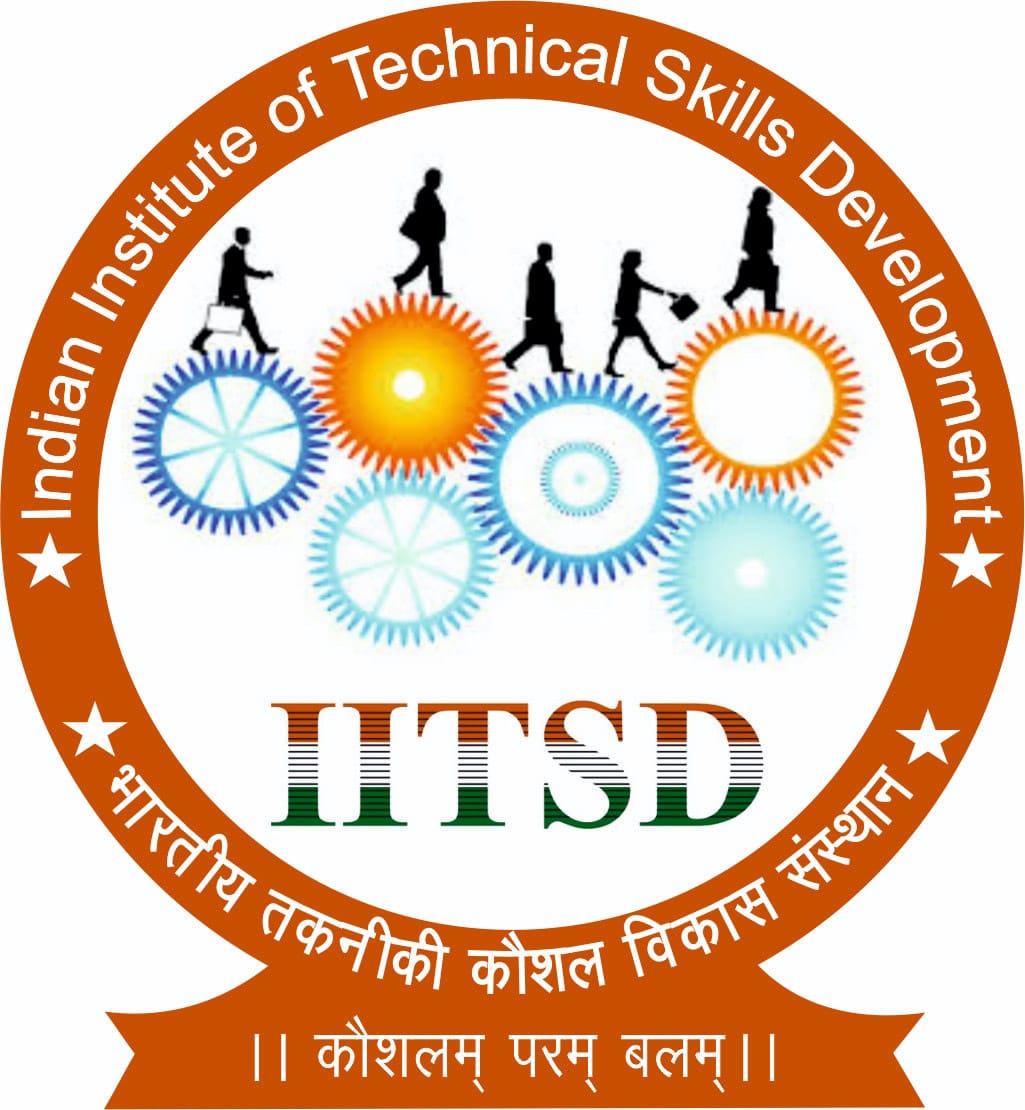
Course Overview
Course Objectives
-
To provide students with a comprehensive understanding of website designing principles and techniques
-
To equip students with the skills and knowledge required to design and develop professional-looking websites
-
To provide students with hands-on experience in using various website designing tools and technologies
-
To enable students to create visually appealing and user-friendly websites
Course Syllabus
-
Introduction to HTML 5
-
Basic HTML 5 tags and attributes
-
HTML 5 forms and validation
-
HTML 5 multimedia and graphics
-
Introduction to CSS 3
-
CSS 3 selectors and properties
-
CSS 3 layout and positioning
-
CSS 3 transitions and animations
-
Introduction to JavaScript
-
Basic JavaScript syntax and data types
-
JavaScript functions and events
-
JavaScript DOM and BOM
-
Introduction to jQuery
-
Basic jQuery selectors and methods
-
jQuery events and effects
-
jQuery AJAX and JSON
-
Introduction to Flash
-
Basic Flash animation and graphics
-
Flash action script and interactivity
-
Flash multimedia and video
-
Introduction to Dreamweaver
-
Basic Dreamweaver interface and tools
-
Dreamweaver HTML and CSS coding
-
Dreamweaver JavaScript and dynamic web development
-
Introduction to Photoshop
-
Basic Photoshop interface and tools
-
Photoshop image editing and manipulation
-
Photoshop graphic design and visual effects
Course Benefits
-
Comprehensive knowledge of website designing principles and techniques
-
Hands-on experience in using various website designing tools and technologies
-
Ability to design and develop professional-looking websites
-
Improved job prospects and career opportunities
-
Enhanced skills and knowledge in website designing and development
Course Overview
Key Elements of Graphic Designing
1. Color Theory : Understanding the psychology and emotions evoked by different colors.
2. Typography : Selecting and arranging typefaces to convey meaning and create visual hierarchy.
3. Imagery : Using images, illustrations, and graphics to support the message.
4. Composition : Arranging visual elements to create balance, harmony, and visual flow.
5. Branding : Creating a visual identity for a company, product, or service
Graphic Designing Tools and Software
Course Syllabus
1. Design Principles : Understand the fundamentals of design, including color theory, typography, and composition.
2. Graphic Design Software : Learn industry-standard software like Adobe Creative Cloud, Sketch, and Canva.
3. Visual Communication : Study the principles of visual communication, including imagery, symbolism, and messaging.
4. Branding and Identity : Learn to create visual identities for companies, products, and services.
5. UI/UX Design : Understand the principles of user interface and user experience design.
6. Digital Media : Focus on digital media, including web design, mobile app design, and digital marketing.
7. Print Media : Concentrate on print media, including brochure design, poster design, and magazine layout.
8. Motion Graphics : Learn to create motion graphics, including animations, videos, and special effects.
9. Web Development : Learn to code and develop websites using HTML, CSS, and JavaScript.
10. Digital Marketing : Study digital marketing strategies, including SEO, social media marketing, and email marketing.
11. Photography : Learn the basics of photography and how to apply them to graphic design.
Projects and Portfolio
1. Projects : Work on various projects throughout the course to apply theoretical concepts to real-world problems.
2. Portfolio : Create a professional portfolio showcasing your best work to potential employers or clients.
Career Opportunities in Graphic Designing
1. Graphic Designer : Create visual elements for websites, magazines, advertisements, and more.
2. UI/UX Designer : Design user interfaces and user experiences for websites and applications.
3. Branding Specialist : Create visual identities for companies, products, and services.
4. Art Director : Oversee the visual aspects of advertising, magazines, and other media.
5. Freelance Graphic Designer : Work on a project-by-project basis for various clients.
Skills Required for Graphic Designing
1. Creativity : Think outside the box and come up with innovative ideas.
2. Attention to Detail : Ensure accuracy and precision in your designs.
3. Communication Skills : Effectively communicate your ideas and designs to clients and team members.
4. Technical Skills : Proficiency in graphic design software and tools.
5. Time Management : Meet deadlines and manage multiple projects simultaneously.
